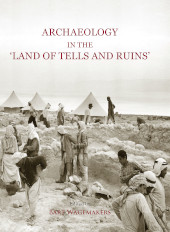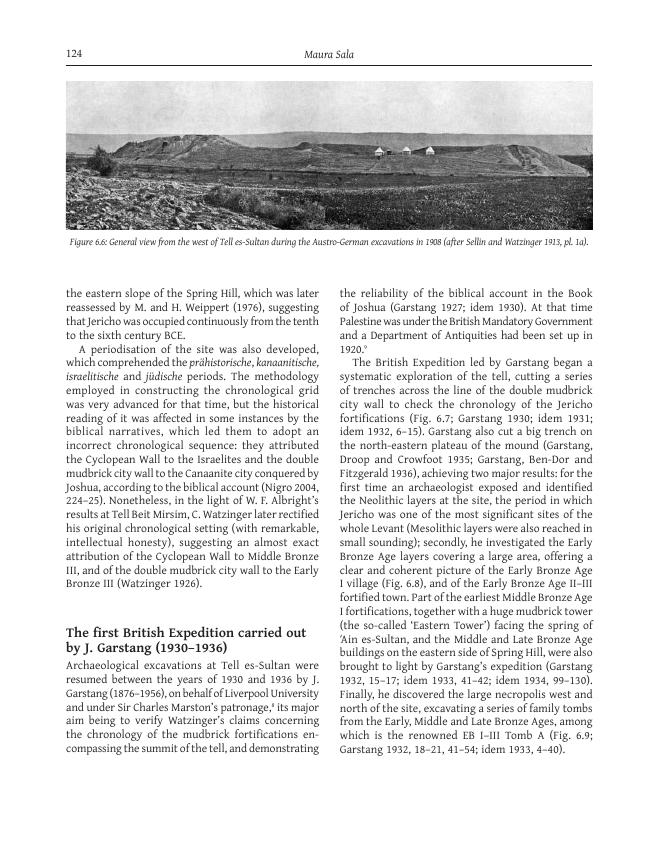Archaeology in the 'Land of Tells and Ruins' : A History of Excavations in the Holy Land Inspired by the Photographs and Accounts of Leo Boer
208 p.
Recently, a travel account and 700 photographs came to light by the hand of Leo Boer, a former student of the andEacute;cole Biblique et Archandeacute;ologique Franandccedil;aise in Jerusalem who, at the age of 26 in 1953andndash;4 visited many archaeological sites in the area of present-day Israel and the Palestinian Territories. These documents inspired 20 internationally-renowned scholars andndash; many of whom excavated at the sites they describe andndash; to report on what we know today of nine particular sites chosen from the many that Leo Boer visited 60 years ago: Jerusalem, Khirbet et-Tell (and#902;i?), Samaria andamp; Sebaste, Tell Balata (Shechem), Tell es-Sultan (Jericho), Khirbet Qumran, Caesarea, Megiddo, and Bet Sheandrsquo;an. Rather than focusing on the history of these sites, the contributors describe the history of the archaeological expeditions. Who excavated these sites over the years? What were the specific aims of their campaigns? What techniques and methods did they use? How did they i
nterpret these excavations? What finds were most noteworthy? And finally, what are the major misconceptions held by the former excavators?Several themes are interwoven amongst the contributions and variously discussed, such as andlsquo;identification of biblical sitesandrsquo;, andlsquo;regional surveysandrsquo;, andlsquo;underwater archaeologyandrsquo;, andlsquo;archaeothanatologyandrsquo;, andlsquo;archaeology and politicsandrsquo;, andlsquo;archaeology and scienceandrsquo;, and andlsquo;heritage managementandrsquo;. This unique collection of images and essays offers to scholars working in the region previously unpublished materials and interpretations as well as new photographs. For students of archaeology, ancient or Biblical history and theology it contains both a detailed archaeological historiography and explores some highly relevant, specific themes. Finally, the superb quality of Boerandrsquo;s photography provides an unprecedented insight into the archaeological landscape of post-war Palestine for a
nyone interested in Biblical history and archaeology. [Publisher's text].
Special access authorizations may apply; please contact us for further information.
-
Information
ISBN: 9781782972488
DISCIPLINES



